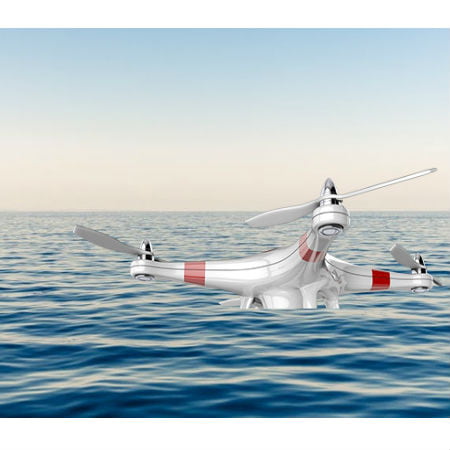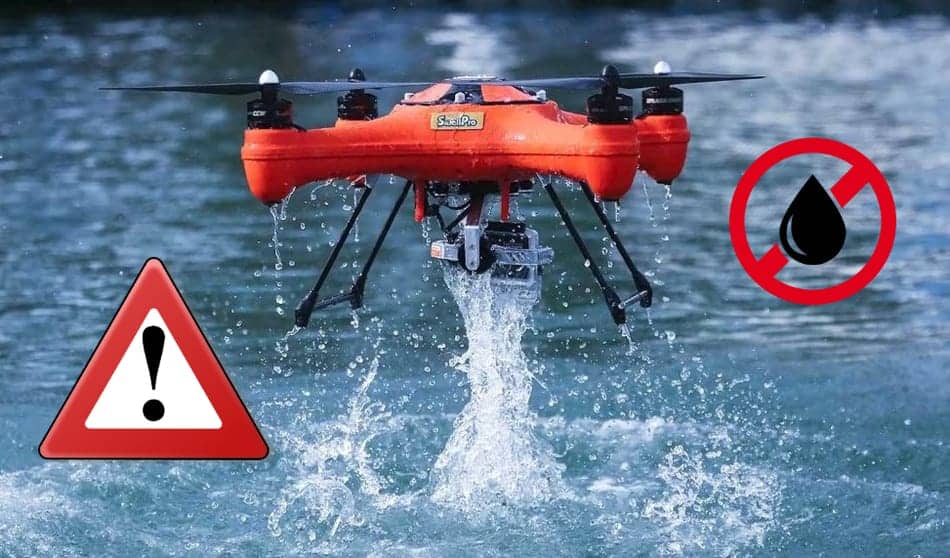
Inspite of the available crash insurances for drones, a drone crash can be disastrous regardless of where it occurs, but observing your costly toy plunge into a lake is particularly devastating due to the well known fact that water and electronics do not mix. However, there is now a comparatively easier means to prevent crashed drone from drowning, though. What could be the inspiration for this? Insects.
How to Prevent Crashed Drone from Drowning
Scroll down for video

First Quadcopter
Water striders or Gerridae, are best known for their excellent capability to glide across the surface of a pond making use of their long legs to replace their weight; helping to prevent crashed drone from drowning. The suitably-named WaterStrider, was built for use on the well known DJI Phantom quadcopters. It includes a set of four buoyant pods on the extremity of its personal outstretched legs, which gives room for it to float on water, even after a not-so-graceful landing.
Overkill safety has a cost. There is an excellent motive why DJI does not have oversized floatable feet as a quality characteristics on its drones, though. The WaterStrider rig weighs a little less than 300 grams, which is relative to a Phantom bearing an extra battery that weighs in at 352 grams. That not only implies about a 30 percent decrease in flight time, but a settlement in aerodynamics as well. If one is making attempts to fly on a windy day, your Phantom will be more open to being thrown around by the winds with this hovering underneath it.
That is the reason why it is not built to be a permanent inclusion to your craft. The WaterStrider legs can be swiftly fastened and detached as required making use of a set of Velcro straps, so if you are absolutely sure about not crashing, you can get back that additional flight time.

Drone Tech Planet
On a side note regarding crash-landing drones, it is helpful to invest in a real-time GPS tracker to monitor your drones prior to and upon landing.
Retail costing is supposed to be around $239, but if you need one earlier, and also a less expensive, you can commit $179 to the WaterStrider’s Kickstarter Campaign. Delivery should be as soon as July, supposing the creators get to their $22,500 funding objective, and all other things go just exactly as planned when it comes to production. It is not as less expensive a solution as just sticking pool noodles on the bottom of your craft, but why depend more on your costly toy to your non-professional arts-and-crafts expertise?
Watch the video below